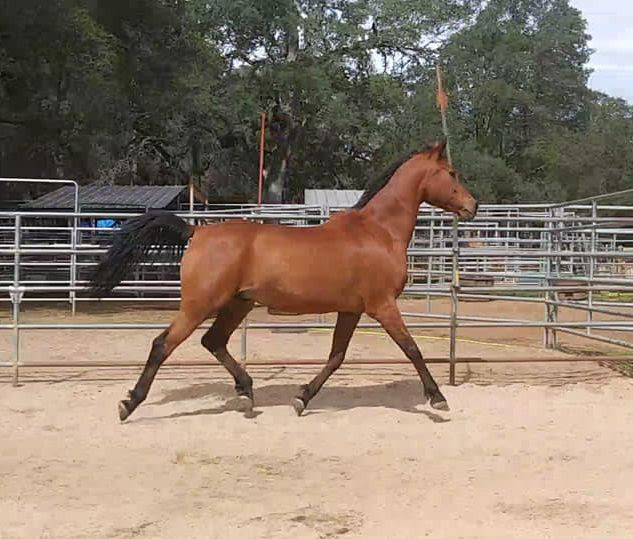ICYMI: 16 Wild Mustangs Rescued From a Notorious Colorado Kill Pen >>
The following is from the American Wild Horse Campaign:
We wanted to share some recent updates around roundups, our latest report on the Bureau of Land Management’s Adoption Incentive Program, and a heartwarming rescue of 16 wild horses! Read on to learn more and take action to help us protect our cherished wild herds. >>
Tell BLM: Stop the Cash Incentives for the Adoption Incentive Program
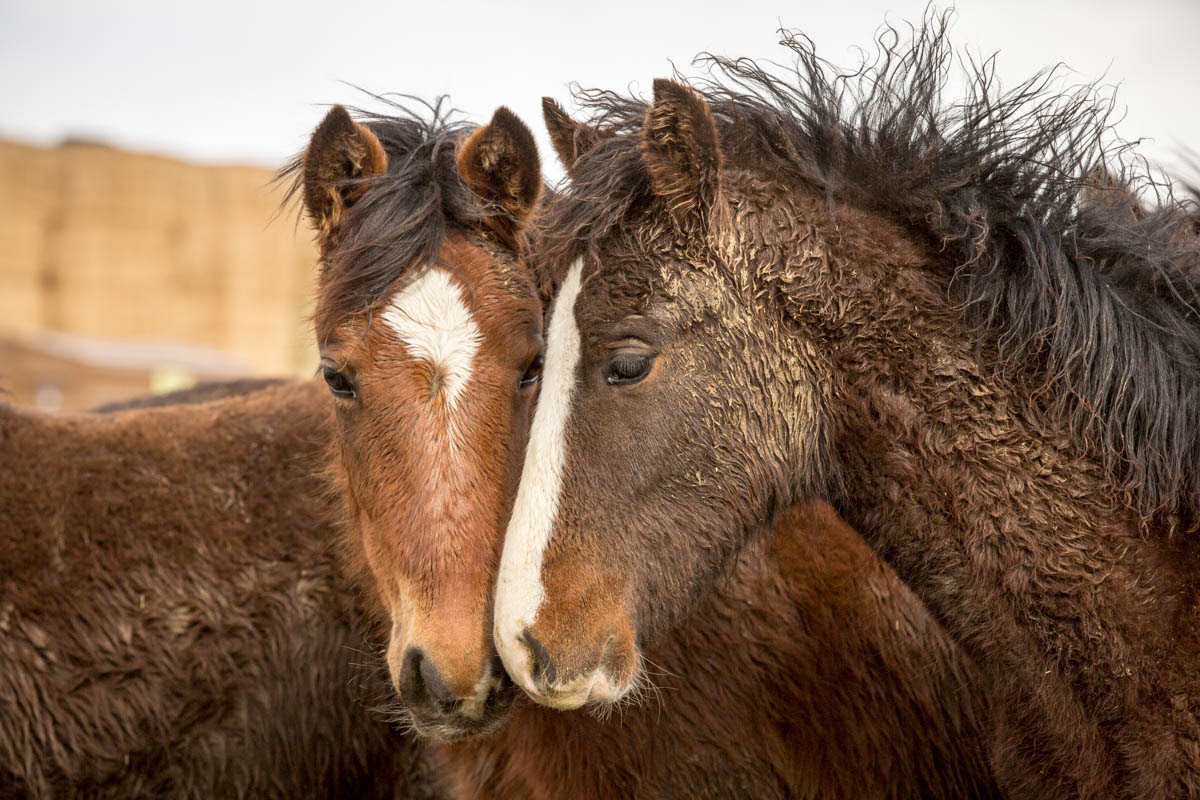
This summer, the American Wild Horse Campaign (AWHC) released an explosive investigative report that detailed the devastating and deadly consequences of the Bureau of Land Management’s (BLM) Adoption Incentive Program, which pays individuals $1,000 to adopt up to four wild, unhandled mustangs and burros a year.
Our latest AIP report makes it clear: Handing out cash to adopt wild animals is a dangerous and fiscally irresponsible plan. To ensure mustangs and burros are protected from slaughter, the BLM must abandon the cash component of this program — and we need your help.
| TAKE ACTION |
The Rescue of the Eaton 16 Mustangs
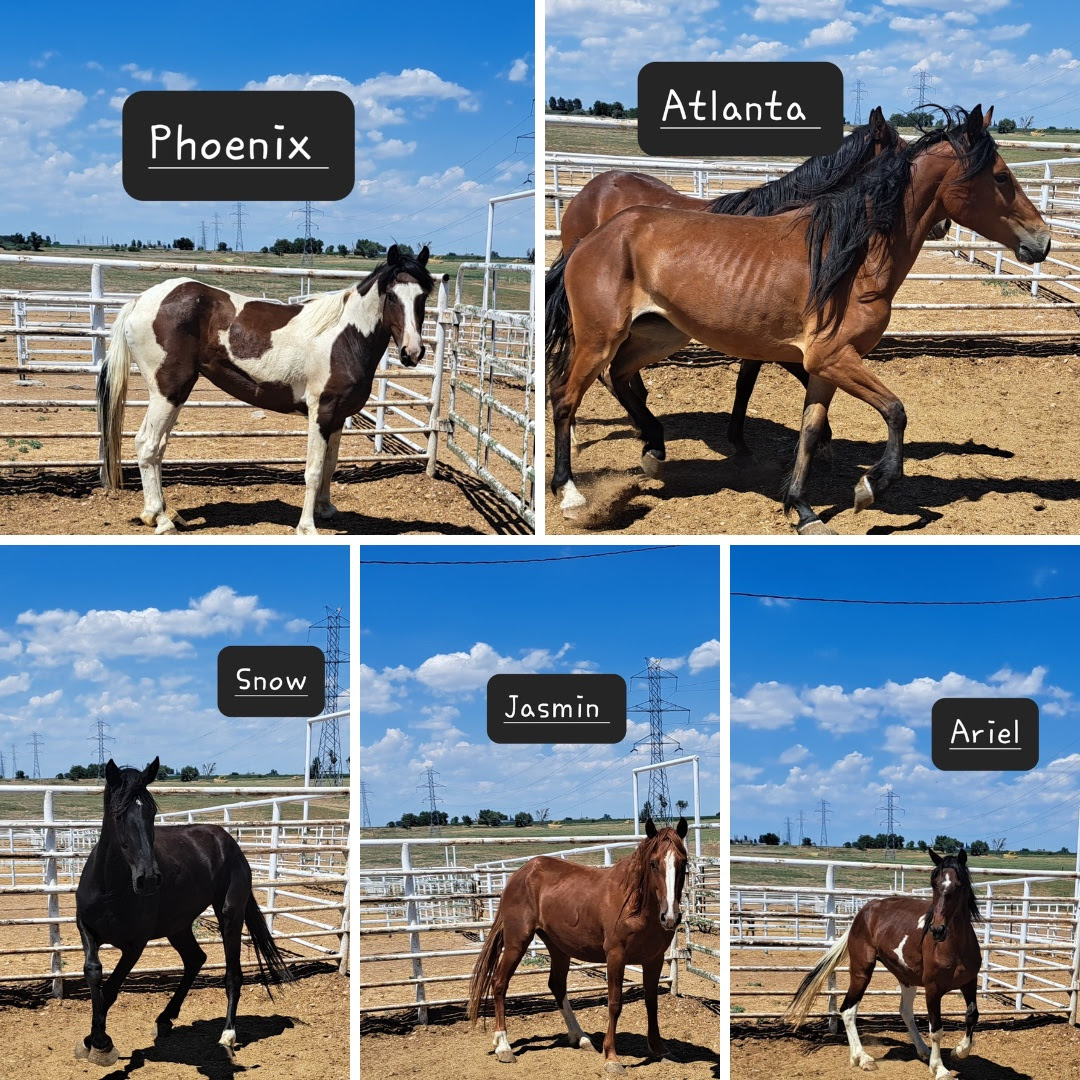
On the same day AWHC released its report on the deadly consequences of the BLM’s Adoption Incentive Program, 16 BLM-branded mustangs showed up at a notorious kill pen in Eaton, Colorado. What happened next was a monumental effort involving group collaboration to get these horses to safety.
| READ MORE |
In Full Swing: Summer Roundup Season
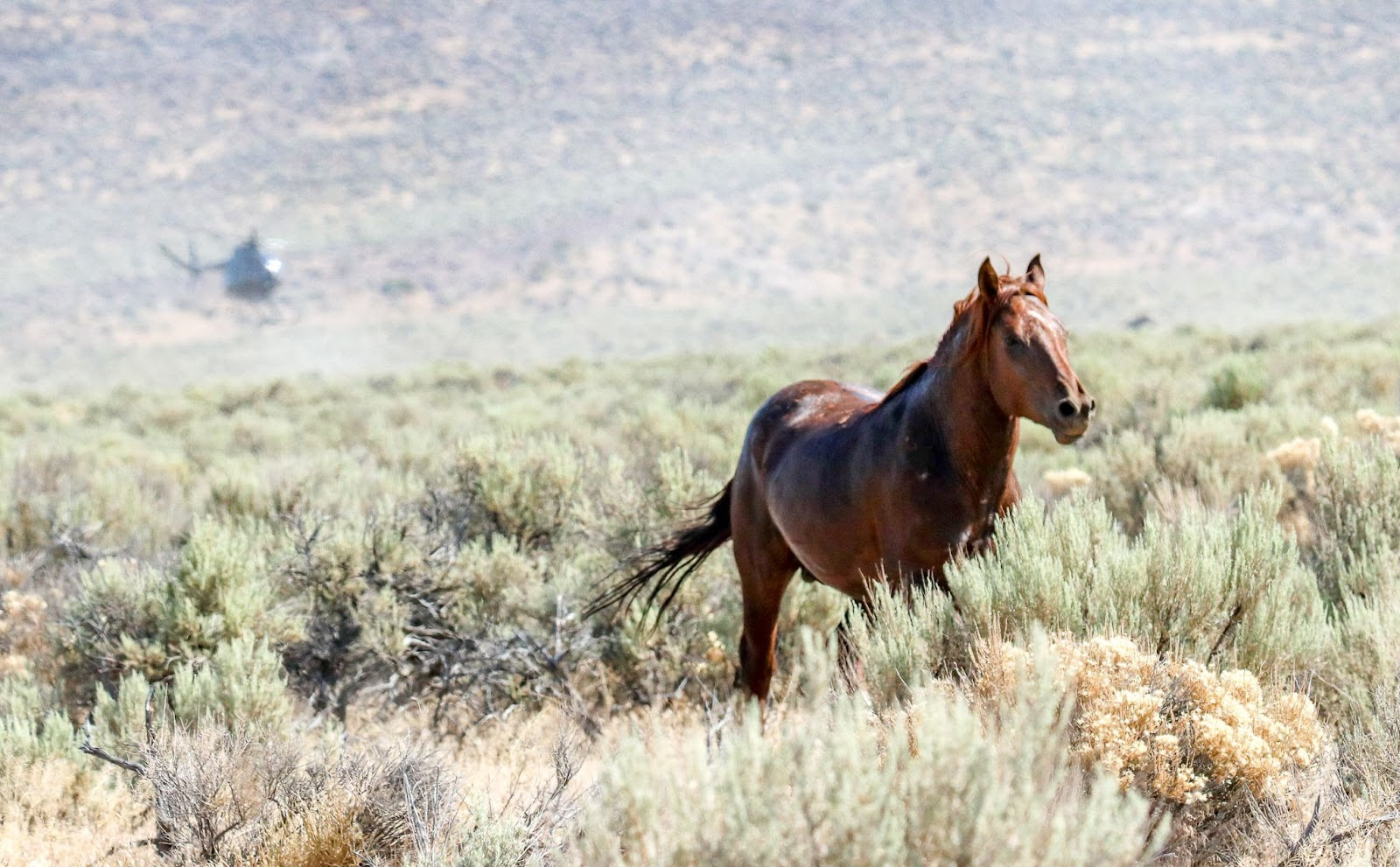
As we write this, BLM-contracted helicopters are stampeding wild horses and burros into traps in four different Herd Management Areas (HMAs) across three western states with the goal to roundup 5,600+ animals. AWHC has field representatives on the ground to bring you the latest.
Read our reports for each of these roundups:
| READ MORE |
Thanks for all you continue to do to protect wild horses and burros, Meredith!
— AWHC Team


 I received another urgent call to save these precious lives as time is running out!
I received another urgent call to save these precious lives as time is running out!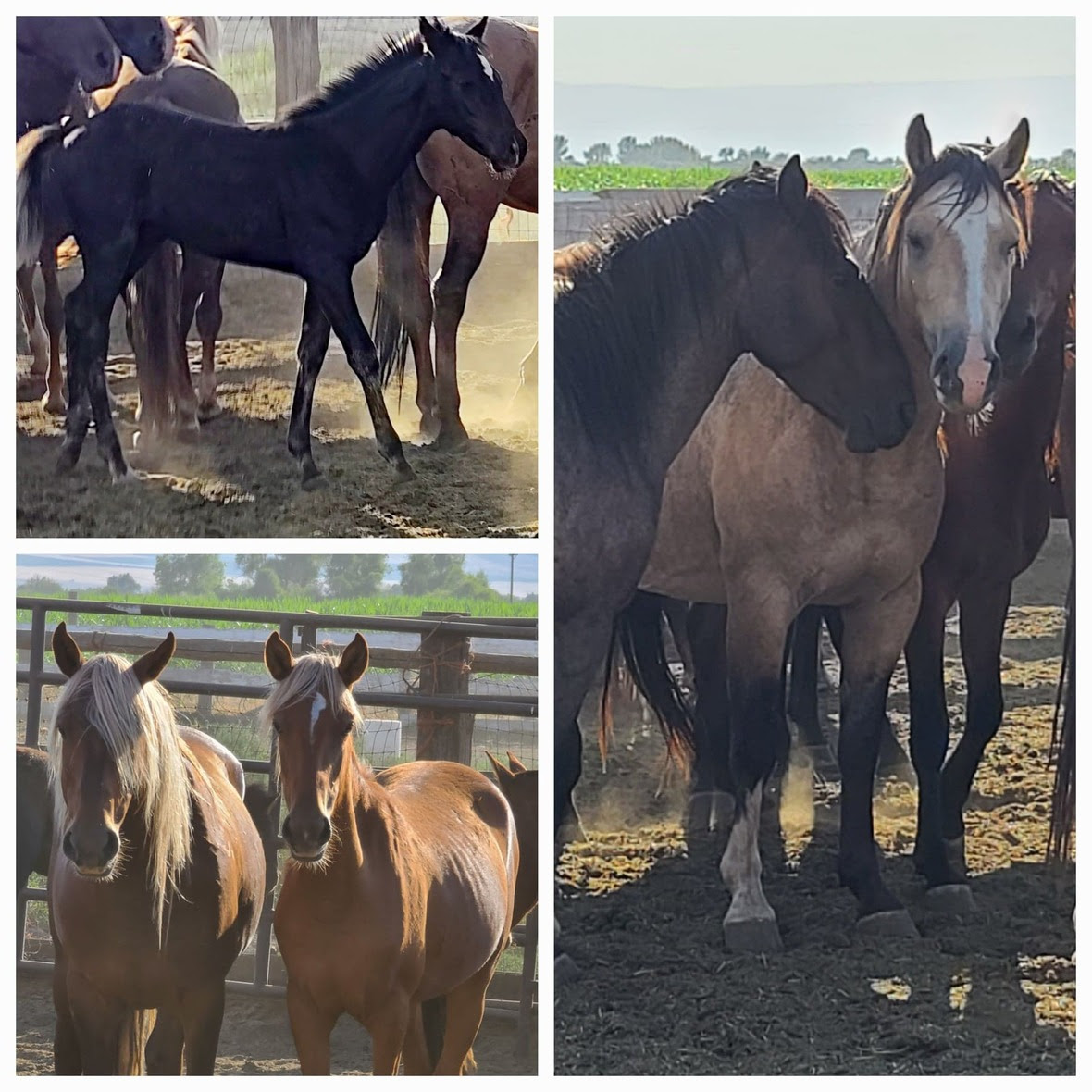
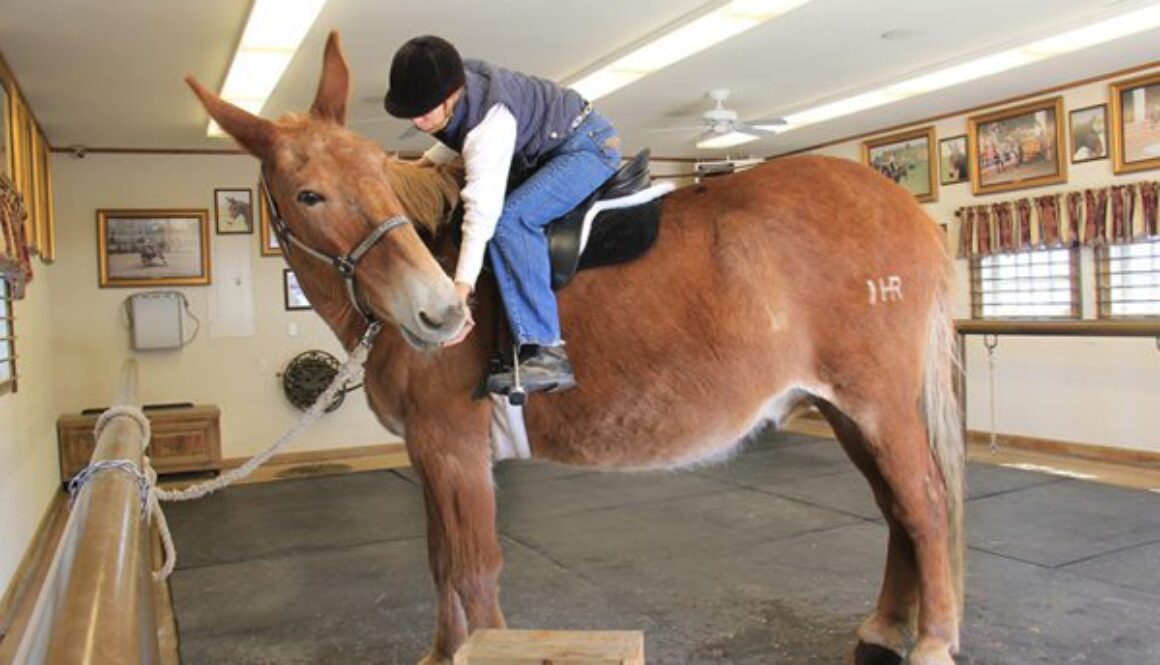

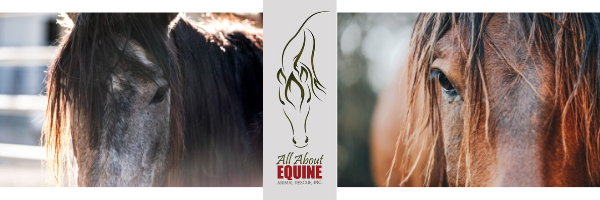

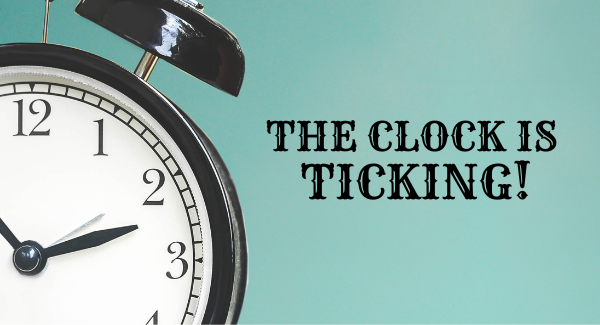

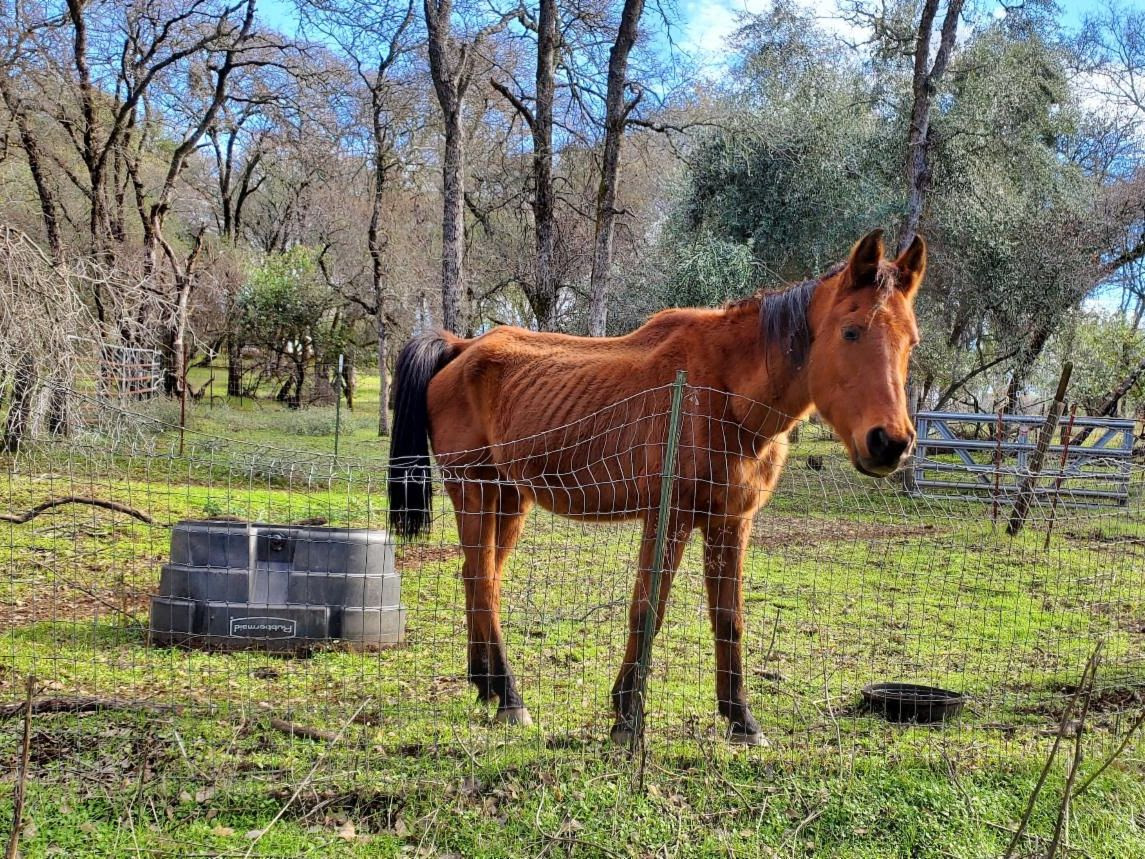 Cody is a 1999 Arabian gelding that came to AAE in January 2020 after long-time family health issues with his owner and the passing of his caretaker.
Cody is a 1999 Arabian gelding that came to AAE in January 2020 after long-time family health issues with his owner and the passing of his caretaker.